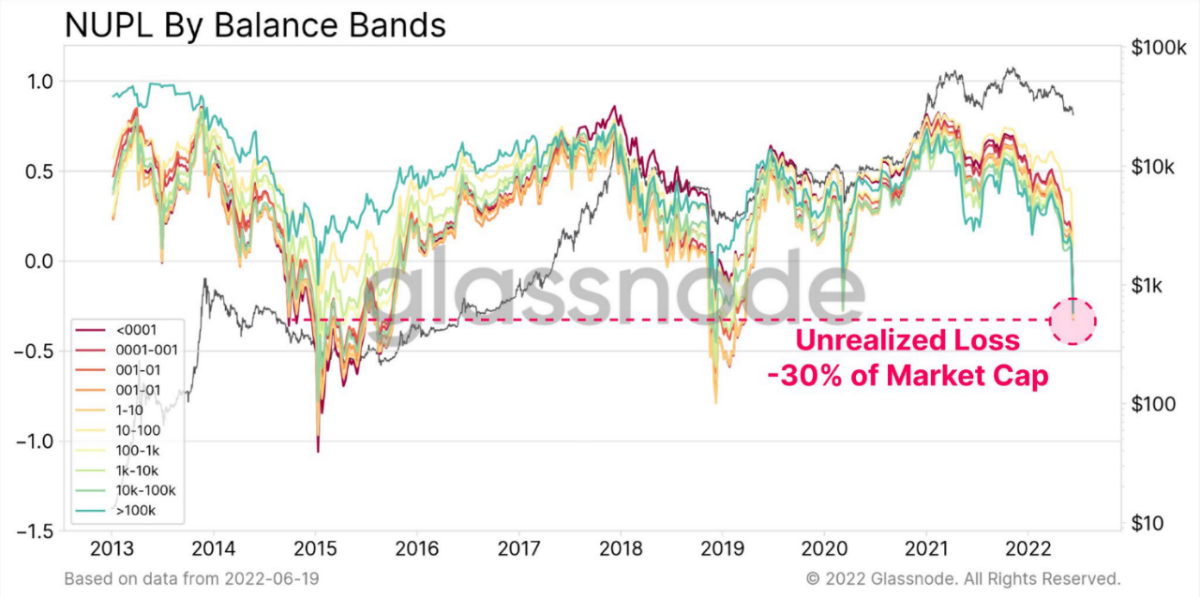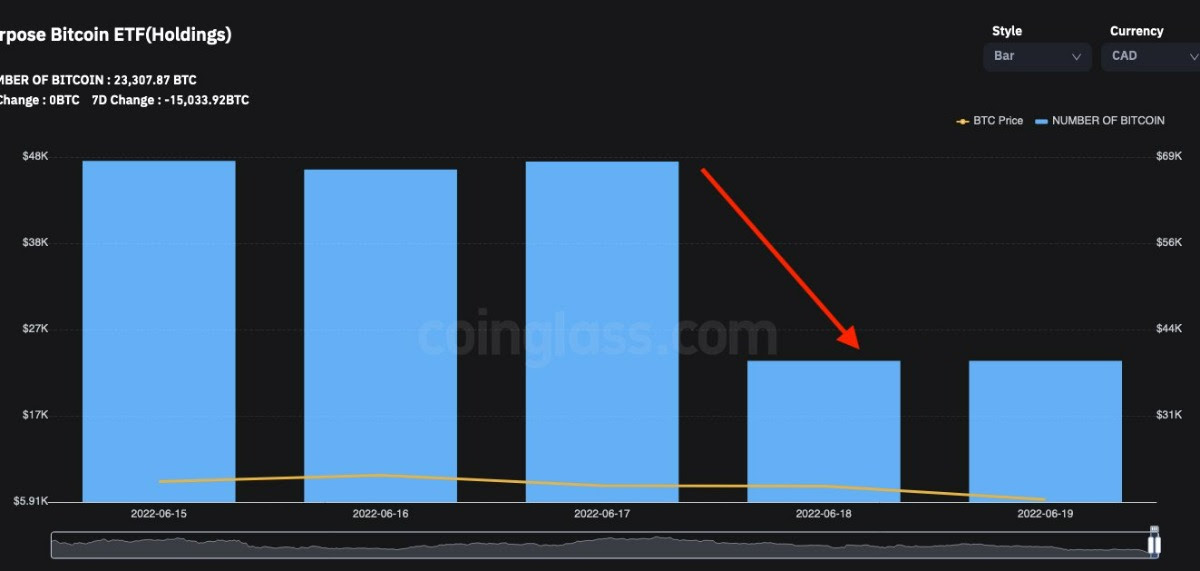
FTX U.S. President Brett Harrison told CNBC’s ‘Squawk Box’ on Thursday that the crypto industry is still seeing huge venture capital investments despite the tough times occasioned by the bear market.
According to the FTX US boss, while the industry continues to face the blunt force of the crypto winter, markets will eventually recover.
He notes more capital, as projects take the downturn as an opportunity to build, bringing in new talent and products, a bounce out of the hole could see more people adopt crypto and related services.
Different methods of valuing Bitcoin
Talking specifically about Bitcoin, the world’s leading cryptocurrency, Harrison says there are different ways of looking at BTC’s value. He notes that different people look at this aspect differently.
“It’s difficult,” he told CNBC as he discussed some of the different methods of looking at Bitcoin.
“There are a lot of different proposed methods. Some of it has to do with the future flow of all the Bitcoin that could be mined in the system and of course the cost of mining that Bitcoin,” he added.
Another way of looking at it is what some people see as “a store of value, something that is independent of any particular government’s control. Monetary supply that’s safe and can be moved around the world, you know, safely and instantly.”
The post FTX’s Harrison on how to model Bitcoin price outlook: ‘a lot of different proposed methods’ appeared first on CoinJournal.






